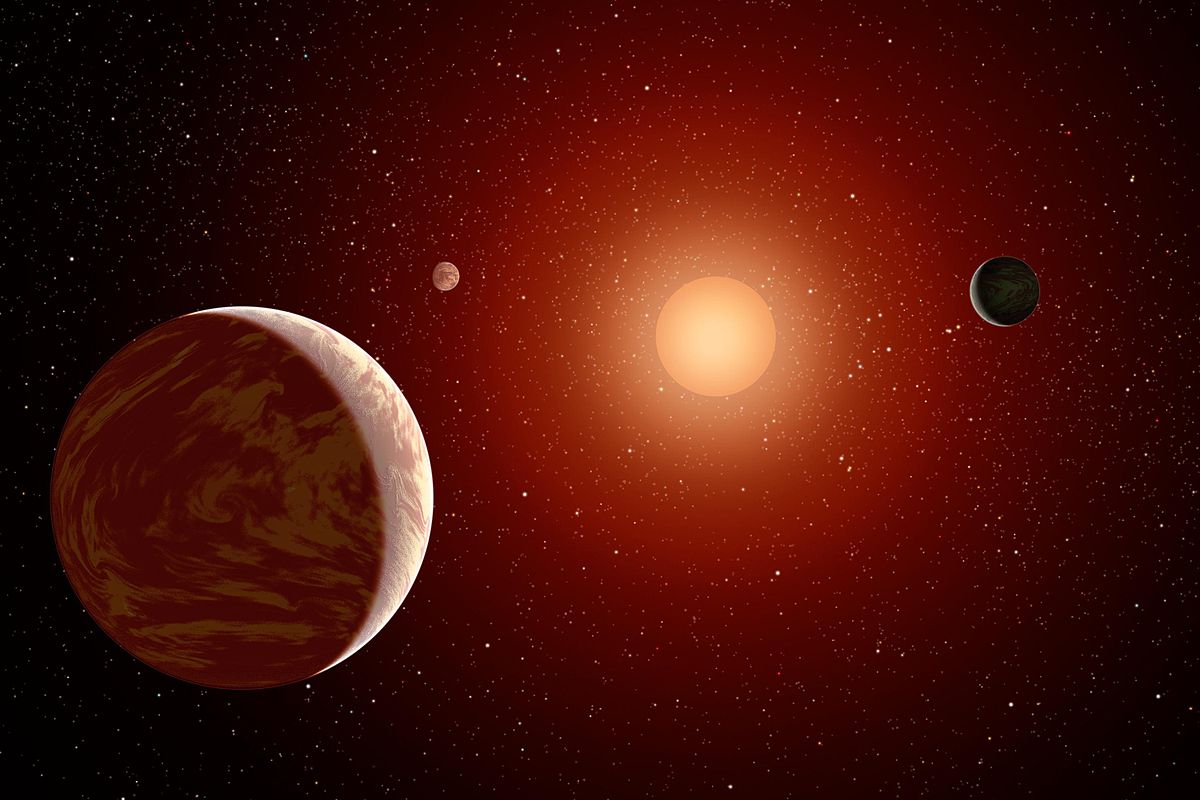Just twice as large and six times as massive as Earth, and slightly smaller than Neptune (hence its designation as a sub-Neptune), TOI-1695b orbits its red dwarf star in only three days.
Its atmosphere most likely contains large amounts of hydrogen, helium, and water vapor.
This discovery will notably help researchers to better understand how such planets, absent from our Solar System, can become, during their formation, gaseous planets for some, or rocky planets for others, despite similar initial masses.
Two instruments have made possible the discovery and characterization of TOI-1695b :
|
A few weeks ago, the team [Institut de Recherche en Astrophysique et planétologie (IRAP - OMP), Institut d’astrophysique de Paris (IAP), Laboratoire d’études spatiales et d’instrumentation en astrophysique (LESIA, Observatoire de Paris - PSL), Institut de planétologie et d’astrophysique de Grenoble ( IPAG - OSUG), Laboratoire d’astrophysique de Marseille (LAM - OSU Pythéas)]] had announced the discovery and the characterization of the sub-Neptune TOI-1759b and the super-Earth TOI-1452b, also orbiting red dwarf stars.
The size of these new planets is between 1.7 and 3.1 times that of the Earth, and their masses between 5 and 7 times that of the Earth. They are therefore intermediate planets between the Earth and Neptune, but much closer to their host stars. These discoveries confirm that such planets, although non-existent in the Solar System, are very abundant in our galaxy.
Scientific references }
The publication on Astronomy & Astrophysics
DOI : https://doi.org/10.1051/0004-6361/202245129
_________________________________________________________________________
[1] Temperature between 2,500 and 4,000°C, while the Sun is at 5,500°C.


